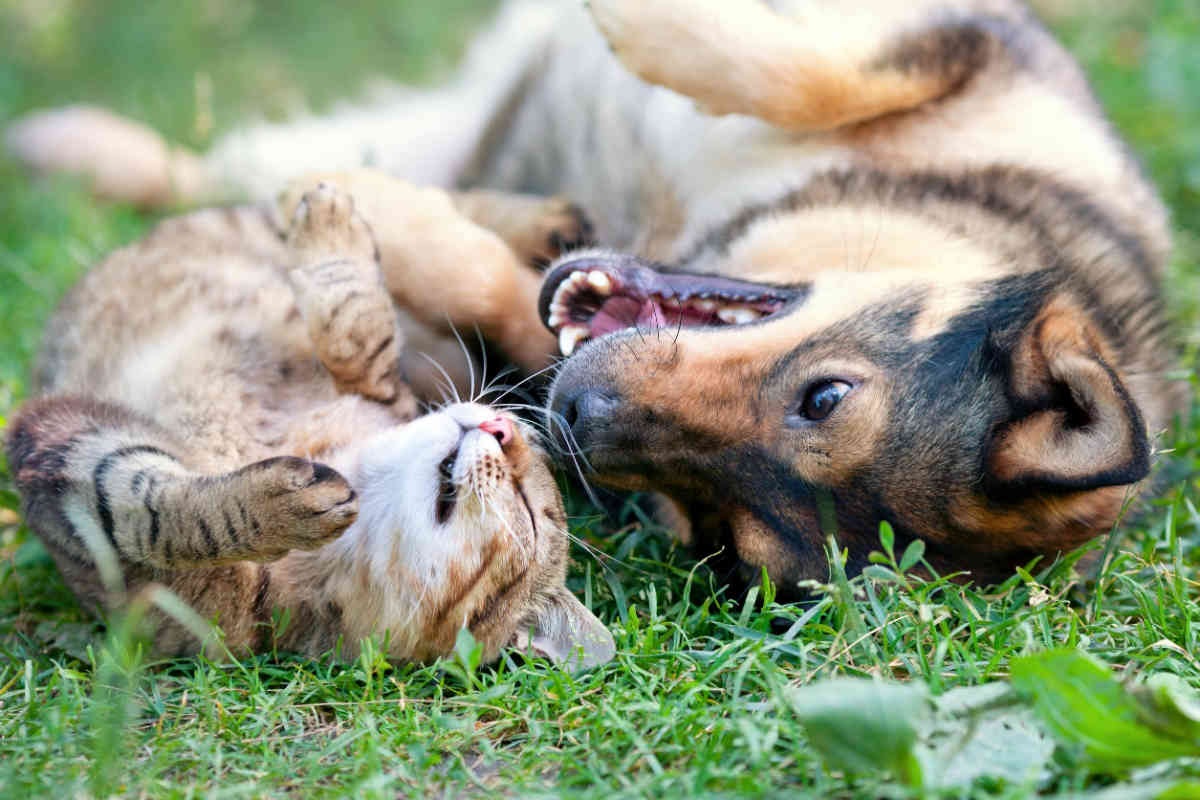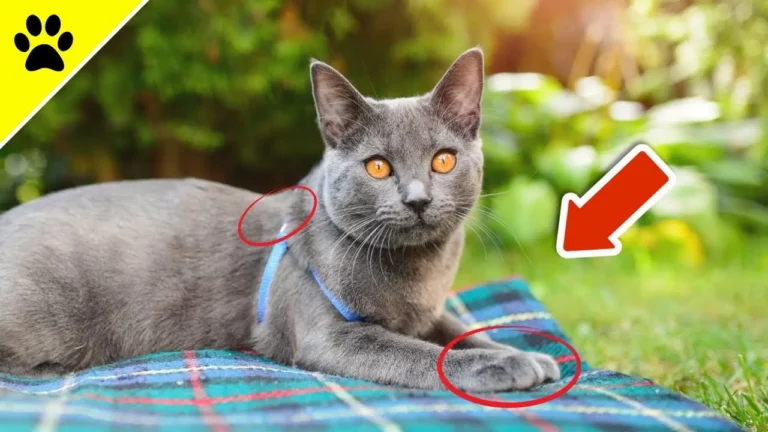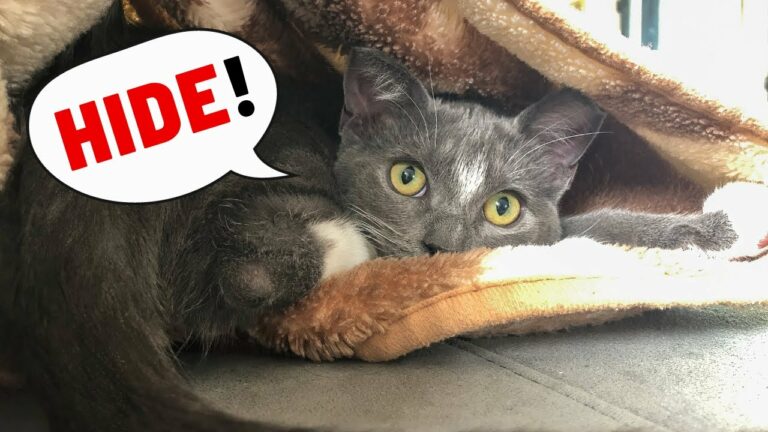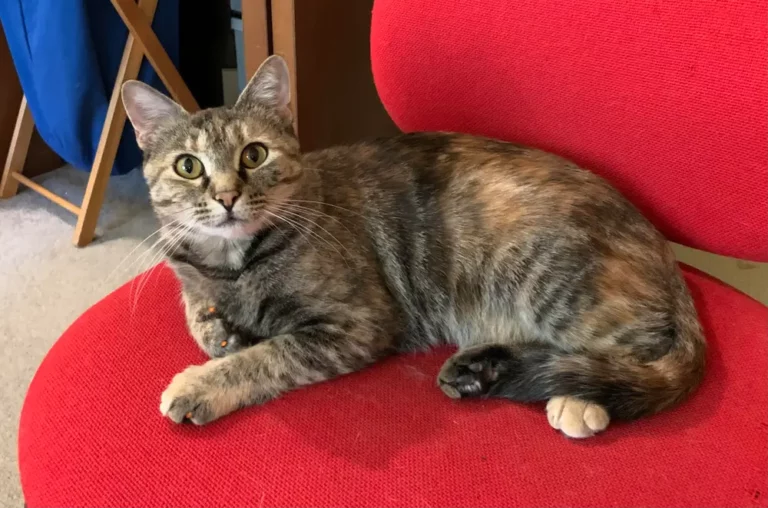What to Do If Your Cat and Dog Don’t Get Along
Cats and dogs may be famous for their different temperaments, but that doesn’t mean they can’t live happily together. If your
Let’s dive into some practical steps to help your furry friends find common ground.
Why Cats and Dogs May Not Get Along Initially
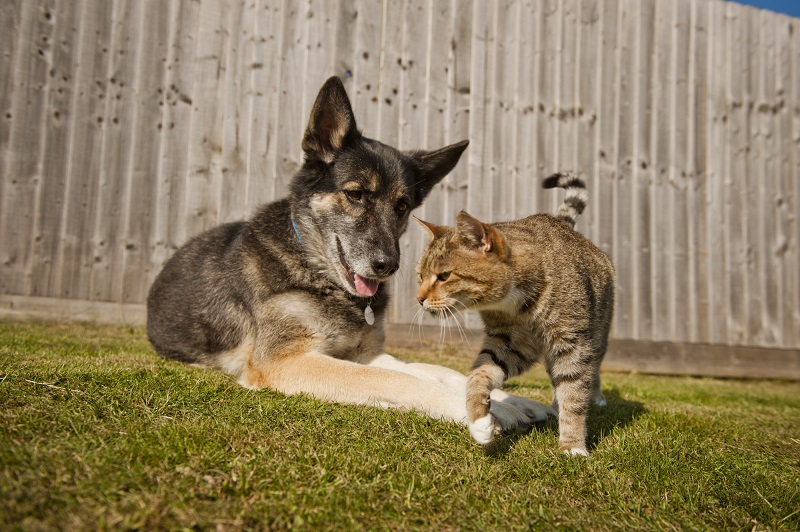
It’s essential to understand that the struggle isn’t personal—it’s likely due to their differences. Cats and dogs each have unique ways of seeing the world and communicating, which can lead to misunderstandings and, at times, conflicts.
Different Communication Styles Between Cats and Dogs
Cats and dogs communicate differently, often in ways that can be confusing or even threatening to each other. For example, a dog’s eager tail wag might be a friendly gesture, but a
Territorial Instincts in Cats and Dogs
Both cats and dogs are territorial animals, and when a new pet enters their space, they can feel threatened. Dogs may try to claim specific areas or resources, while cats, with their keen sense of ownership, may feel uneasy about the new dynamic.
Past Experiences and Personality Differences
Just like people, cats and dogs come with their personalities and experiences. A
Step-by-Step Guide to Easing Tensions Between Your Cat and Dog
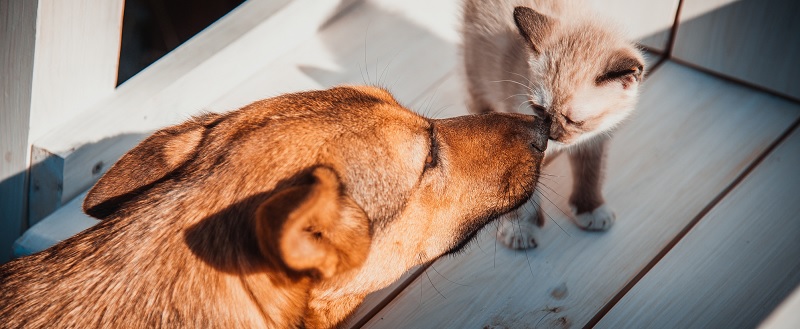
Getting your
Starting with Separate Spaces for Each Pet
Before letting them meet, set up separate areas for each pet. This space should feel safe and comfortable for each of them. They should be able to smell each other but still have their own territory. Consider placing baby gates to allow them to see and hear each other without direct contact.
Controlled Introductions with Visual Barriers
After a few days, try introducing them with a visual barrier, like a screen or glass door, where they can see each other but still feel safe. This gradual introduction helps build familiarity without the risk of immediate confrontation.
Gradually Increasing Interaction Time
Once both pets seem comfortable, allow short, supervised interactions. Keep these initial meetings brief to prevent overwhelming either pet. Over time, increase the length of these interactions, always keeping an eye on their body language.
Building Positive Associations with Each Other
Creating positive experiences when they’re together can go a long way in helping your
Rewarding Calm Behavior with Treats and Praise
Whenever your
Using Toys and Playtime to Redirect Energy
Sometimes, playtime can help release pent-up energy that might otherwise turn into aggression. Offer toys or engage in play sessions that allow each pet to focus on something fun without getting into each other’s space.
Managing Resources Like Food and Toys Separately
Feeding your
Recognizing Signs of Stress in Both Pets
It’s important to be aware of your pets’ stress signals, as this will guide your approach to helping them get along.
Signs of Stress in Cats
Signs of stress in cats can include hissing, hiding, or even refusing food. Cats are generally more subtle than dogs in showing discomfort, so keep an eye on their habits and behaviors when the dog is around.
Signs of Stress in Dogs
Dogs tend to be more expressive with stress, often showing signs like whining, excessive barking, or destructive behavior. If your dog is experiencing these symptoms around the
When to Seek Help from a Professional
Sometimes, despite your best efforts, getting your
Understanding the Role of a Professional Trainer
Professional trainers can provide structured sessions that gradually introduce your pets to each other in a controlled environment. These experts are skilled in helping identify the sources of tension and creating a targeted plan for managing it.
Benefits of Consulting a Veterinarian or Behaviorist
If you notice severe stress signs or aggressive behaviors, a veterinarian or behaviorist might help. They can check for underlying health issues contributing to the behavior and provide behavioral therapy if necessary.
Long-Term Strategies for a Harmonious Home
Establishing a peaceful household requires time, patience, and consistency. Here are some long-term strategies for ensuring your
Creating Routine and Predictability for Both Pets
Pets thrive on routine. By establishing a predictable schedule, both your
Ensuring Each Pet Has a Personal Space to Retreat
Both pets should have a safe place where they can retreat when they need alone time. This designated area can help prevent conflict by allowing each animal the freedom to take a break when needed.
FAQs
1. Can cats and dogs ever really be friends?
Yes, many cats and dogs become close companions with time and proper introductions.
2. What if my
If things remain tense, consult a professional trainer or behaviorist for guidance.
3. How can I tell if my
Common signs include hiding, hissing, and a lack of appetite.
4. How long does it take for cats and dogs to get along?
It varies; some pets adapt within weeks, while others may take months to feel comfortable.
5. Is it normal for pets to take time to adjust to each other?
Absolutely, it’s perfectly normal for cats and dogs to need time to adjust to a new companion.
Conclusion
Helping your
